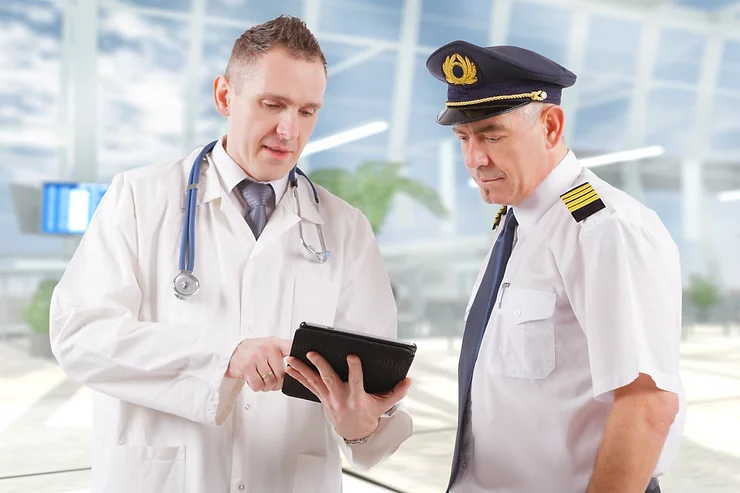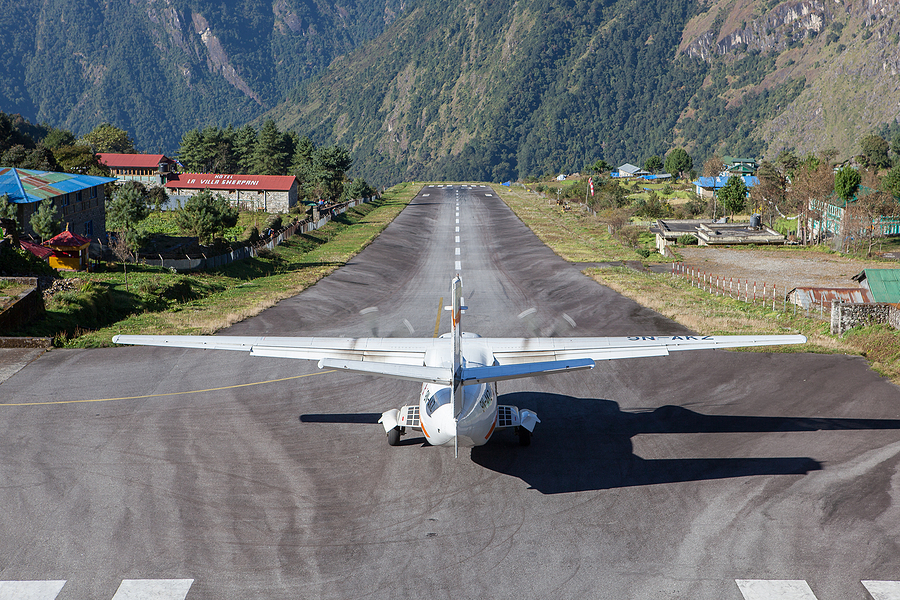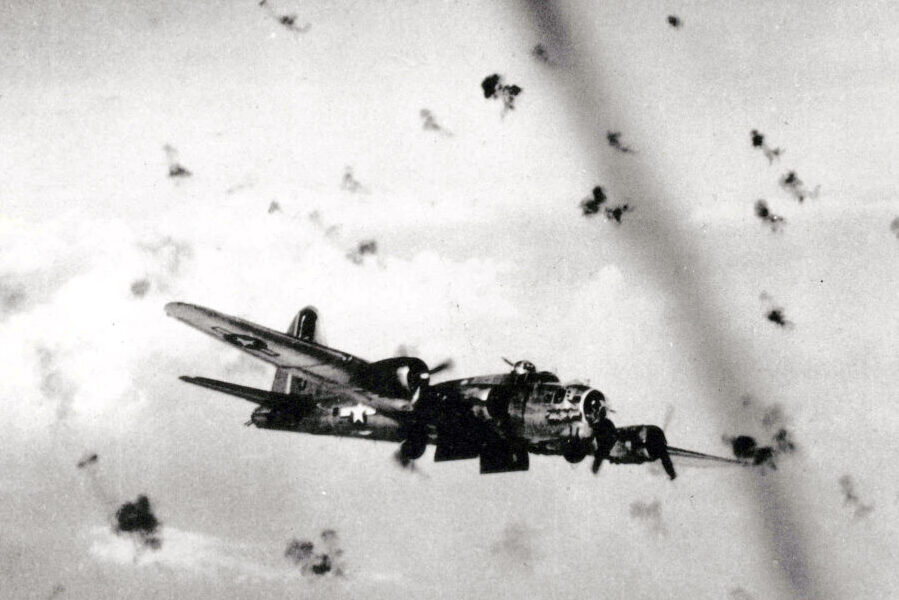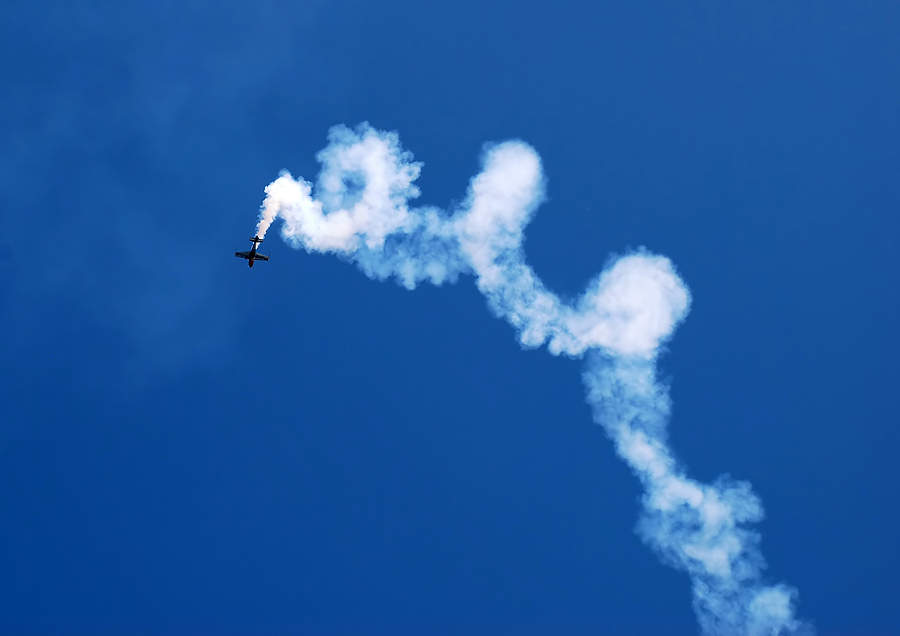Rule of an Aviator number 7 reads, “The medical profession is the natural enemy of the aviation profession.”
Rule number 17 states, “It is tacit, yet a profound admission of the preeminence of flying in the hierarchy of the human spirit, that those who seek to control aviators via threats always threaten to take away one’s wings and not one’s life.”
We’re not entirely sure who wrote those rules. If you’d like to read more, they’re posted at https://atcmemes.com/rules-of-an-aviator/ among other places. They’ve been floating around military aviation circles for at least a generation or so.
Many pilots even outside those circles have probably heard the old adage “the best you can do at a flight physical is break even.”
Why did we choose to start our first blog post this way? Who are “we” in the first place and what do we hope to accomplish? The rest of this inaugural post is about just that.
We are doctors. Though sometimes reluctant to admit that in aviation circles, it’s a fact we’re all coming to terms with and are finding easier to accept as time goes on. What sets us apart, we hope, is that we started our careers as professional pilots and spent nearly 30 combined years with at least a mild degree of anxiety – okay maybe fear – in the days leading up to our annual visits to the flight surgeon or AME. It doesn’t matter how healthy you are. It doesn’t matter if the doctor in question is a personal friend. Rules number 7 and 17 are undeniable – primal.
Viewing that pilot-doctor relationship from our new vantage point adds a bit more clarity to the picture. It turns out that most doctors are fairly well-meaning and want to help people. Even pilots. Perhaps more surprising, it turns out that the FAA is actually pretty reasonable when it comes to medical flight standards. They’ll consider your case on an individual basis and for most medical conditions – even some that were disqualifying only a few years ago – it’s still possible to get your certificate.
When things go south between a pilot and doctor, it’s generally because of one thing: paperwork. With the training and experience you have by the time you got your pilot’s license, you probably learned how to do an appropriate personal risk assessment. Ever heard of the I’M SAFE checklist? The fact is if you’re honest in your self-assessment and feel that it’s safe for you to go flying, you’re probably right. Not only that, you and your doctor probably have all the paperwork you need to prove it to the FAA. There are caveats and exceptions, of course, but generally speaking, it’s actually possible to show up at your flight physical appointment with some peace of mind EVEN if you happen to have a medical diagnosis on the FAA’s disqualifying list. How many hoops you have to jump through and how long it actually ends up taking to get your certificate depends on one thing: paperwork. The difference can be hours or days with no interruption to your flying career or so many months, that you just stop trying.
This blog is dedicated to helping pilots shift that timeline from months to days and to making your experience at the AME, if not pleasurable, at least not so painful that it creates a medically disqualifying condition in itself. Along the way, we’ll talk about FAA medical standards, what to expect from your AME, and how to navigate the medical certification system with ease and confidence. We’ll also share some memorable moments from our experiences on both sides of the fence. We hope our journey from pilot to doctor can help ease some minds. We also look forward to hearing from you about the good, bad, and ugly you’ve seen from either side of the relationship.





